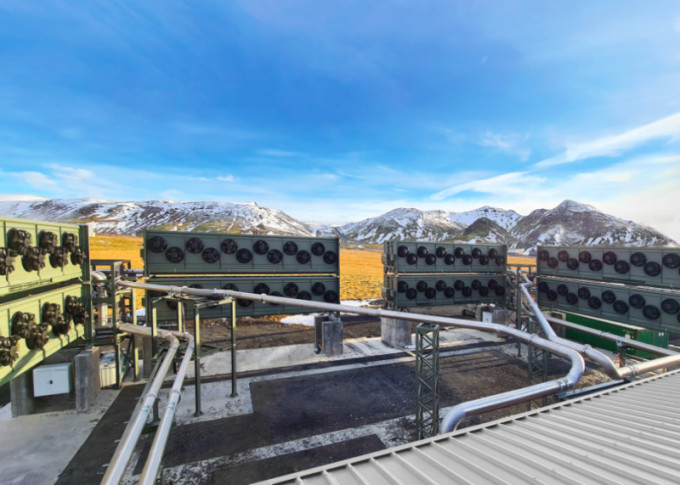'MAYBE' TECH WILL SAVE US
Study explores which carbon capture technology has the best benefitsIsabella O'Malley
Digital Reporter, Environmental Scientist
Sunday, October 3rd 2021 - Carbon capture and utilization is expected to play a greater role in the global climate change strategy as technology continues to develop.
While slashing greenhouse gas emissions is at the forefront of all climate actions that can improve the health of the planet, emerging carbon capture and utilization technologies are increasing the likelihood that impactful strides can be made in lowering atmospheric temperatures.
Current carbon capture technologies focus on extracting carbon dioxide from the air and either store it permanently underground or filter the compound so that it can be added to materials such as concrete.
Researchers from the University of Michigan say capturing carbon dioxide and using it to make materials like concrete, fuels, and plastics could generate revenues in excess of $800 billion each year by 2030. However, some of these materials have greater climate benefits than others, so the researchers conducted a study to explore which of these technologies has the most positive impacts.

Climework’s carbon capture plant in Iceland. The captured carbon dioxide is processed and treated so it can be pumped deep below the Earth’s surface where it will be permanently stored. (Climeworks)
The study evaluated 20 potential uses of captured carbon dioxide and organized them into three categories: concrete, chemical, and minerals. Of these uses, only four uses had more than a 50 per cent chance of creating a net climate benefit. The study says a net climate benefit occurs when “the emissions avoided by using carbon capture and utilization technology outweigh the emissions generated while capturing the carbon dioxide and making the final product.”
These four uses for captured carbon include two methods that mix carbon dioxide into concrete, creating formic acid (a preservative and antibacterial agent), and creating carbon monoxide for industrial uses. The researchers say that their findings will help inform research and development strategies
The study evaluated 20 potential uses of captured carbon dioxide and organized them into three categories: concrete, chemical, and minerals. Of these uses, only four uses had more than a 50 per cent chance of creating a net climate benefit. The study says a net climate benefit occurs when “the emissions avoided by using carbon capture and utilization technology outweigh the emissions generated while capturing the carbon dioxide and making the final product.”
These four uses for captured carbon include two methods that mix carbon dioxide into concrete, creating formic acid (a preservative and antibacterial agent), and creating carbon monoxide for industrial uses. The researchers say that their findings will help inform research and development strategies
“Decisions to globally scale carbon capture and utilization operations will require guidance on identifying products that maximize the climate benefits of using captured carbon dioxide,” said lead author Dwarak Ravikumar in the university’s press release
The study also reported that currently, electricity generated from renewable energies has a greater climate benefit if it supplies the grid instead of being used to repurpose captured carbon, but this will gradually change in the coming decades as fossil fuels are phased out.
Technologies that store carbon dioxide deep below the Earth’s surface, through a process called carbon capture and sequestration, are another way we can remove greenhouse gases from the atmosphere.
One example of this is Climework’s Orca plant in Iceland, which has become the largest direct air capture and storage plant in the world. The company claims that its plant will be able to remove 4,000 tons of carbon dioxide from the atmosphere annually, an amount roughly equal to the energy usage of 482 homes in the U.S. each year.
Given the infancy of the carbon sequestration and utilization industries, experts remain steadfast that keeping fossil fuels in the ground still remains the best approach for addressing climate change.
Credit: acilo/ E+/ Getty Images
No comments:
Post a Comment